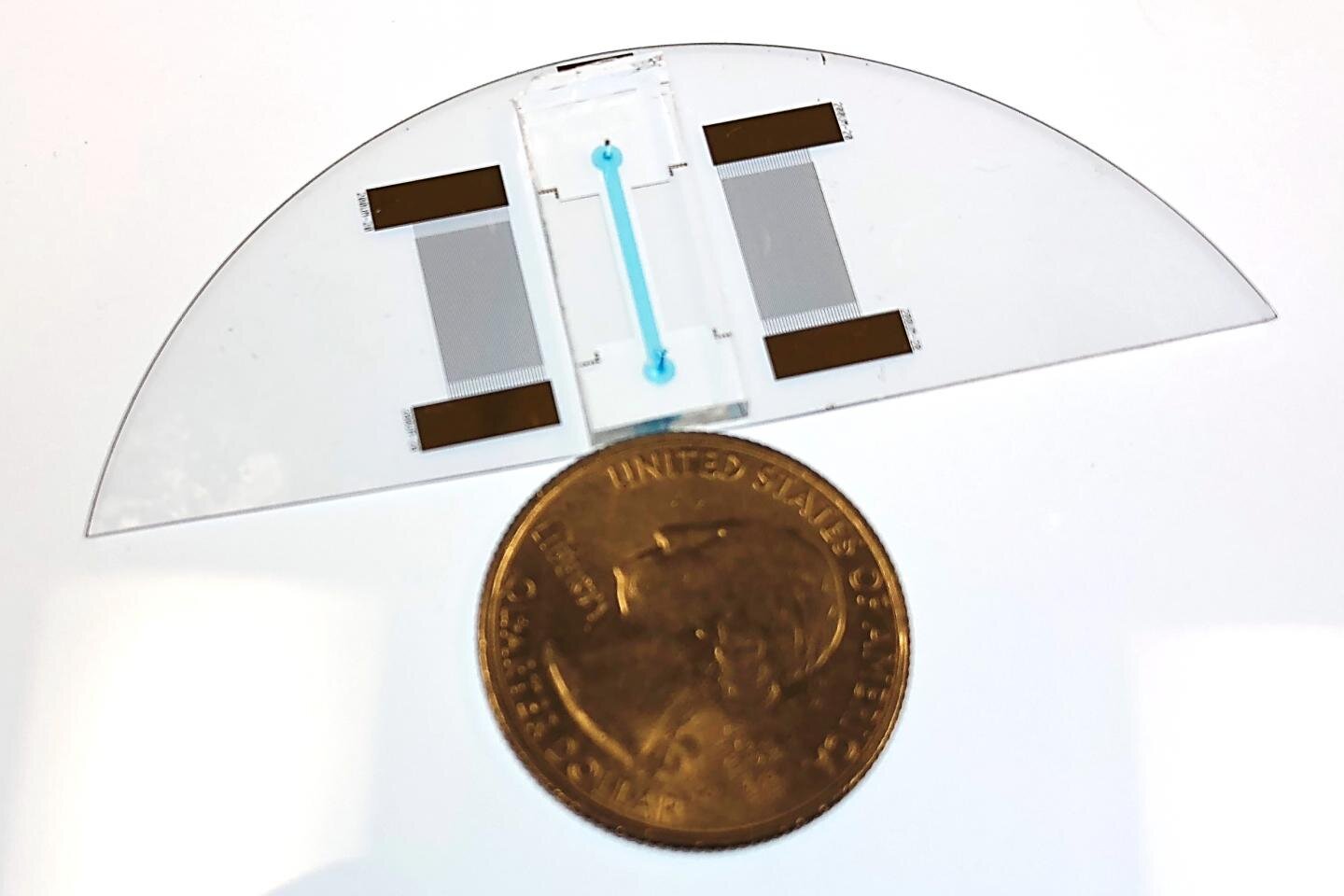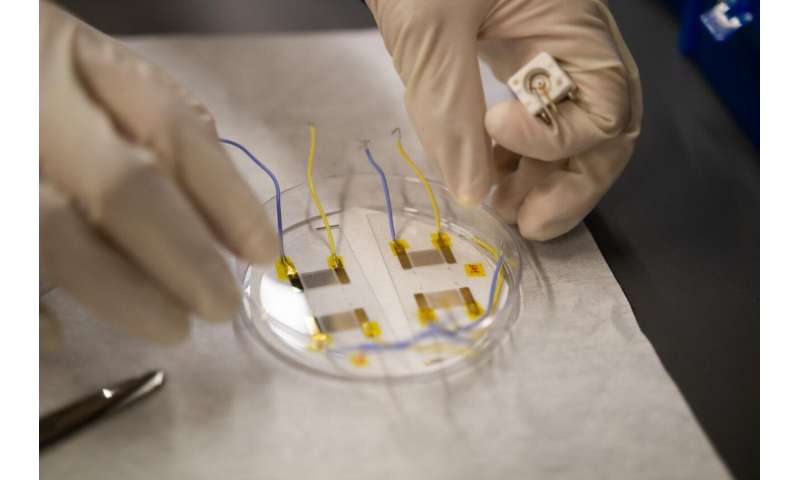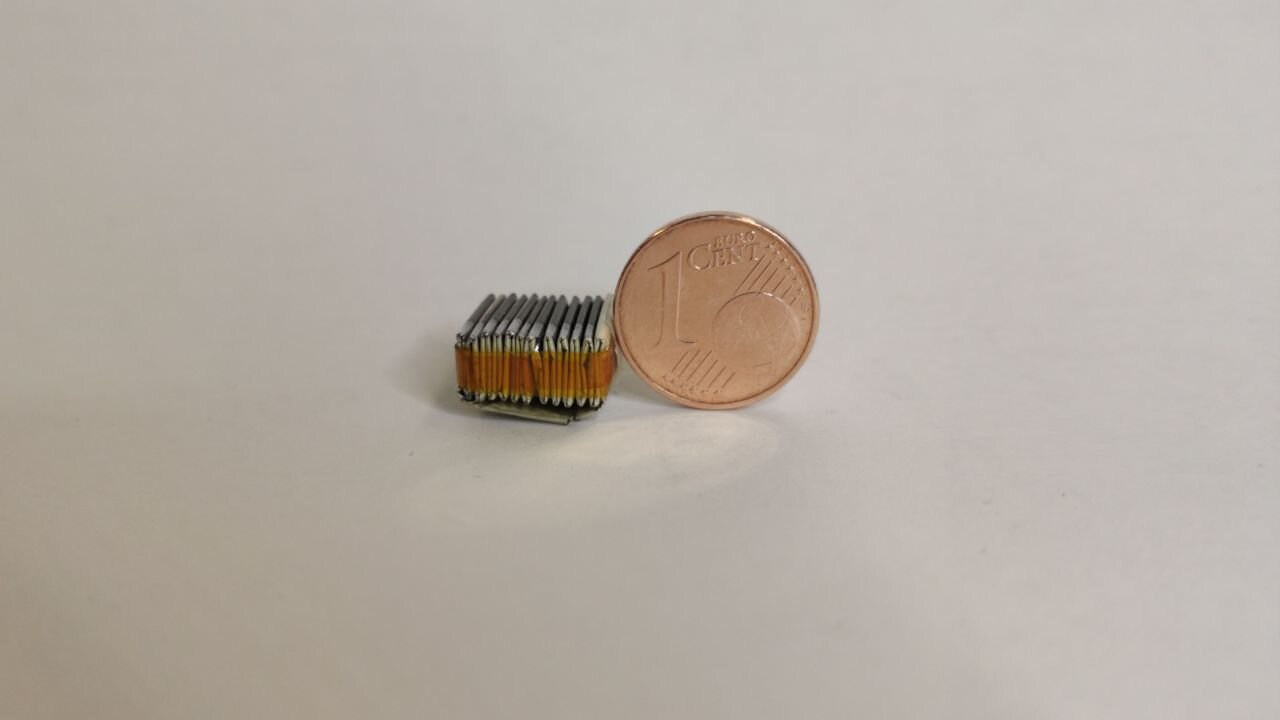#New technology diagnoses sickle cell disease in record time

“#New technology diagnoses sickle cell disease in record time”

Researchers at the University of Colorado Boulder and the University of Colorado Anschutz Medical Campus have developed a new way to diagnose diseases of the blood like sickle cell disease with sensitivity and precision and in only one minute. Their technology is smaller than a quarter and requires only a small droplet of blood to assess protein interactions, dysfunction or mutations.
The team published its results Oct. 15 in the journal Small.
“In Africa, sickle cell disease is the cause of death in 5% of children under 5-years-old for lack of early diagnosis,” said Angelo D’Alessandro, a coauthor of the study and associate professor in the departments of Biochemistry and Molecular Genetics and Medicine, Division of Hematology at CU Anschutz. “This common, life-threatening genetic disorder is most prevalent in poor regions of the world where newborn screening and diagnosis are rare.”
Sickle cell disease affects hemoglobin, the molecule in red blood cells that delivers oxygen to cells throughout the body. In some areas of the world where malaria is endemic, variants of hemoglobin have evolved that can cause red blood cells to assume a crescent, or sickle, shape.
“Almost all life activities involve proteins,” said study coauthor Xiaoyun Ding, an assistant professor in the Paul M. Rady Department of Mechanical Engineering at CU Boulder. “We thought if we could measure the protein thermal stability change, we could detect these diseases that affect protein stability.”
Proteins have a specific solubility at a specific temperature. When one bonds to another, or when the protein is mutated, the solubility changes. By measuring solubility at different temperatures, researchers can tell whether the protein has been mutating.

Before recent developments, study coauthor Michael Stowell, an associate professor in the Department of Molecular, Cellular and Developmental Biology (MCDB) at CU Boulder, and his colleagues used Thermal Shift Assays (TSAs) to assess protein stability under varying conditions. Such tests took about a day to run. Now, with the new technology, an Acousto Thermal Shift Assay (ATSA), they can do the same but faster and with greater sensitivity.
The ATSA utilizes high-amplitude sound waves, or ultrasound, to heat a protein sample. The tool then measures data continuously, recording how much of the protein has dissolved at every fraction of change in degrees Celsius.
“Our method is seven to 34 times more sensitive,” said Ding. “The ATSA can distinguish the sickle cell protein from normal protein, while the traditional TSA method cannot.”
Another benefit of the ATSA is cost reduction in terms of human labor and equipment.
“The traditional methods for thermal profiling require specialized equipment such as calorimeters, polymerase chain reaction machines and plate readers that require at least some technical expertise to operate,” said Kerri Ball, a coauthor of the new study and a researcher who works with Stowell at CU Boulder. “These instruments are also not very portable, requiring samples to be transported to the instruments for analysis.”
Ball said the ATSA requires only a power source, a microscope and a camera as simple as the one on your smart phone. Because the protein is concentrated, there is also no need to apply a florescent dye as is sometimes required to highlight protein changes in a traditional TSA.
Yonghui Ding et al, Protein Thermodynamic Stability: On‐Chip Acousto Thermal Shift Assay for Rapid and Sensitive Assessment of Protein Thermodynamic Stability (Small 41/2020), Small (2020). DOI: 10.1002/smll.202070224
Citation:
New technology diagnoses sickle cell disease in record time (2020, October 16)
retrieved 16 October 2020
from https://phys.org/news/2020-10-technology-sickle-cell-disease.html
This document is subject to copyright. Apart from any fair dealing for the purpose of private study or research, no
part may be reproduced without the written permission. The content is provided for information purposes only.
For forums sites go to Forum.BuradaBiliyorum.Com
If you want to read more Like this articles, you can visit our Science category.



